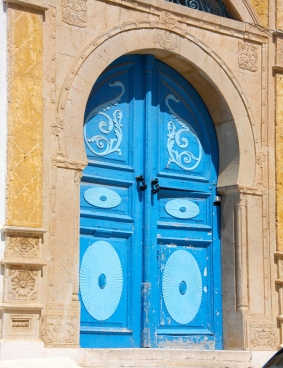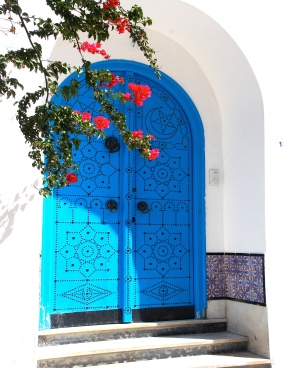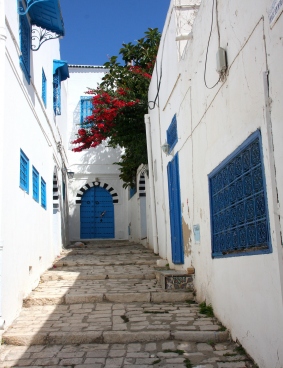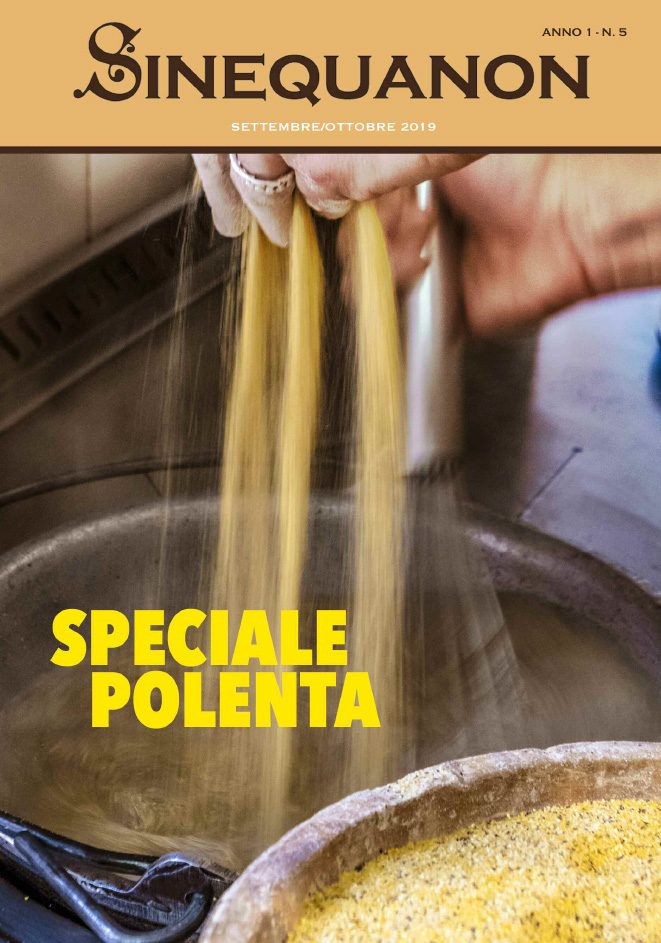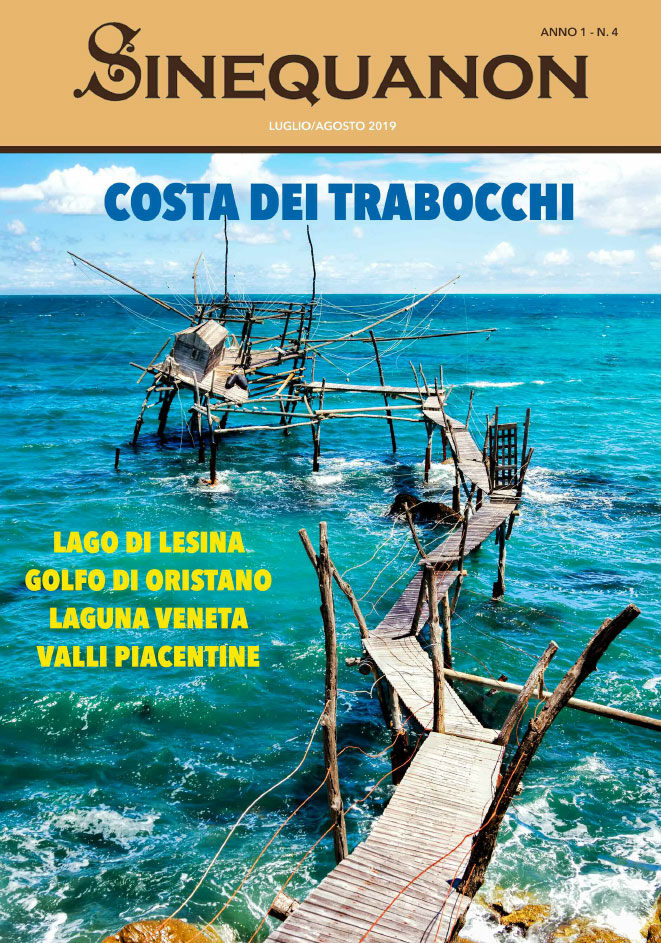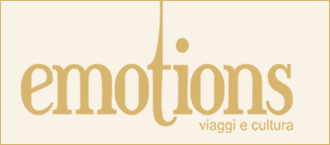Words by Teresa Carrubba and photos by Pamela McCourt Francescone
The first sensation you get when you arrive in Sidi Bou Said is that you have taken the wrong direction, and have ended up on one of the Greek Cyclades islands. On a kind of Santorini. Low cubic, dazzling-white houses, with doors and windows painted that typical apotropaic blue, line the narrow little cobblestone streets that overspill with bougainvillea and jasmine. And it is the heady perfume of jasmine that leads us through the neat grid of alleyways that wind their way up the hill with its sheer drop down to the blue Mediterranean Sea, set in the Jebel Bou Kornine National Park, and capturing the extraordinary light that intensifies the strongly contrasting colours of the architecture.
The same light that enchanted artists like Paul Klee, August Macke, artists of the Tunis School of Painting like Yahia Turki and Brahim Dhahak, and writers of the calibre of Simone de Beauvoir and Cervantes. And also enchanted the marabout Bou Said Khalaf el Beji, a Muslim ascetic considered a saint who retired here to pray around 1220 and became the patron of the city, giving it his name. Here, to honour him, they built a mausoleum with a dome behind the famous Café des Nattes, an obligatory stop for anyone visiting the village. The Café is famous for three reasons: the breath-taking view over the Mediterranean and the residential hillside of Sidi Bou Said; the brightly coloured mats scattered around the shaded terrace, and the delectable hot mint tea with floating pine kernels. The climb up to the Café des Nattes is a delight for the eyes: a romantic walk along shady streets with tiny flowering gardens wedged between whitewashed walls
Along these same streets you come across picturesque jasmine vendors, the perfumes blossoms tied into elegant little bouquets and laid out on small woven-straw trays. Because jasmine became the symbol of this village in the 13th century when the Arabs brought the first plants here from Andalusia. But Sidi Bou Said’s most extraordinary and unique attraction are its doors, each one different from the last. Wooden doors painted, for the most part, bright blue, simple doors, and doors with elaborate metal studs and knockers: sometimes not blue, but bright red and green, or ochre yellow.
Some of the tall windows on the houses are enclosed by lattice verandas, which are also painted blue. These are not merely decorative elements and protection against the bright sunlight, but also a discreet screen used by women long ago who could sit behind them unobserved and follow what was going on down on the street. It would seem that the tradition of the blue casings on the whitewashed houses was the idea of Baron Rodolphe d’Erlanger, a French philanthropist who moved to the little town in 1910, and spent the last twenty years of his life in Sidi Bou Said, contributing to the conservation and renaissance of Arab music
Baron d’Erlanger’s love for this town can also be gathered from the gardens of his house: a series of terraces with bougainvillea, citrus trees, in particular oranges, colourful flowering plants and shrubs and cypresses that turn the garden into a miniature paradise.
Sidi Bou Said is a town of strong contrasting colours, an Arab-Andalusian settlement even though its origins date back to the Carthaginians. It has been listed as one of Tunisia’s historic sites, and as such is subject to strict regulations that oblige the residents to repaint their houses in the original colours. The local handcrafts, on display in the many artisan shops along the main street, are also colourful. Hand-painted ceramics in all shapes and sizes: plates, vases, dishes, bowls and tiles in bright colours, but also elaborate birdcages and hookah pipes.
The local folklore is also colourful. And, if you happen to be here in August, don’t miss the Kharja religious festival, one of the most important in Tunisia, when the entire town is invaded by confraternities to commemorate the heroic sacrifice of the Islamic martyrs who were killed by the French in 1271.
Information:
Tunisian National Tourist Board
Via Baracchini 10 – 20123 Milan
Tel. 02 86453026/44
Fax 02 86452752
Rome Branch
Via Calabria 25 – 00187 Rome
Tel. 06 42010149
Fax 06 42010151

